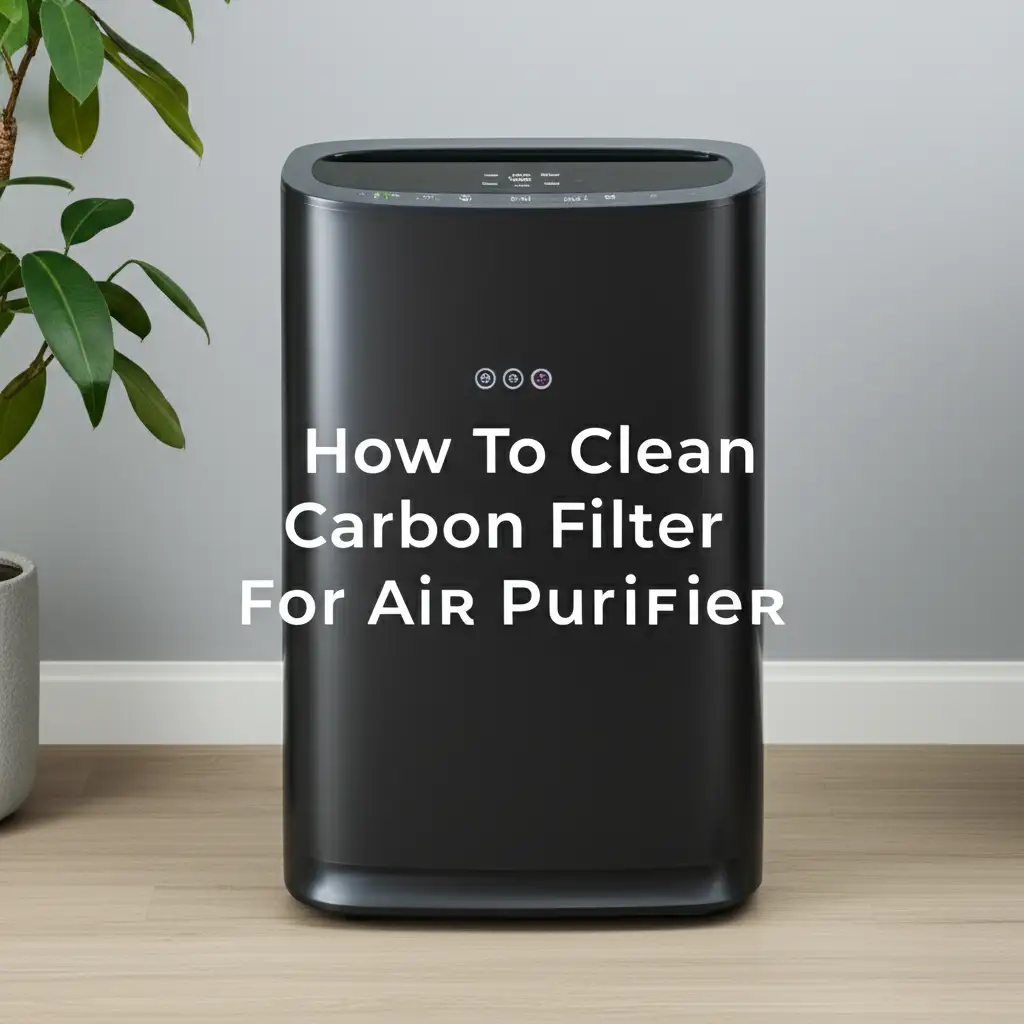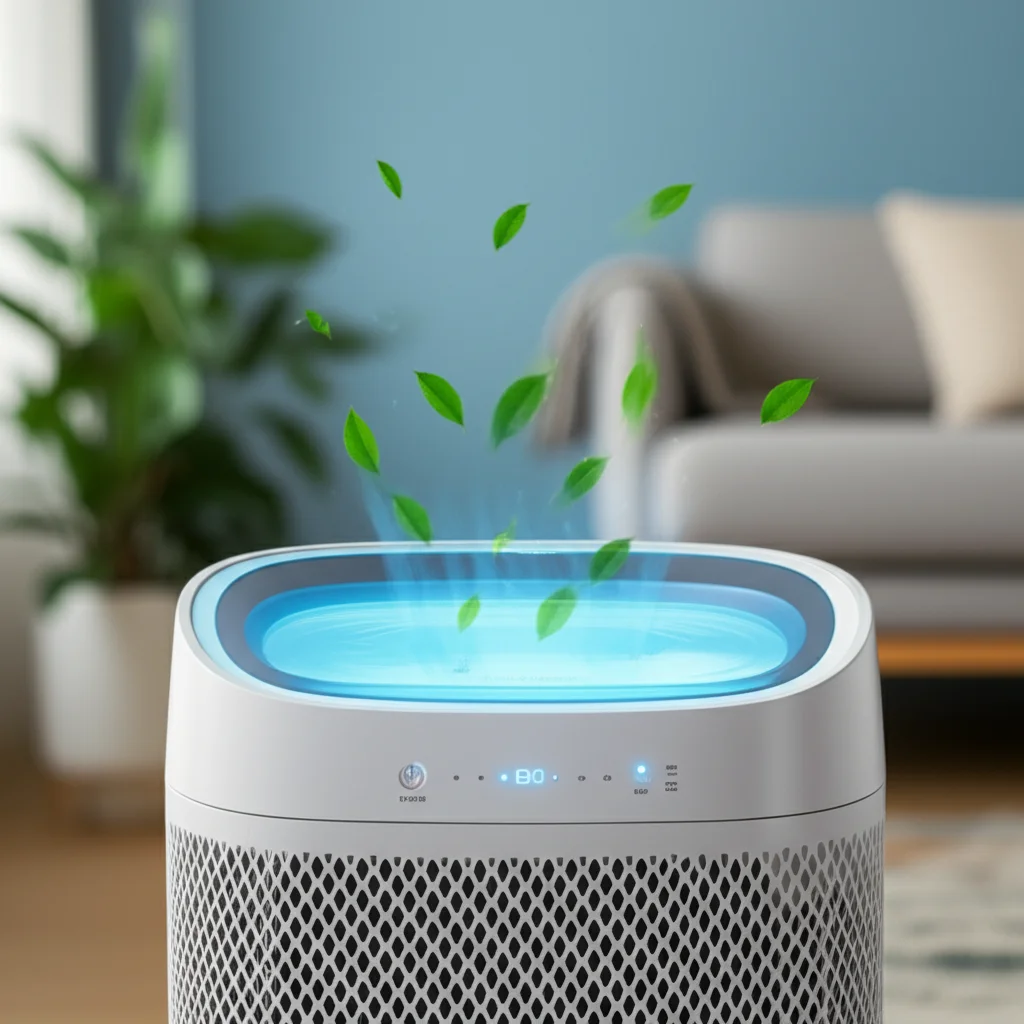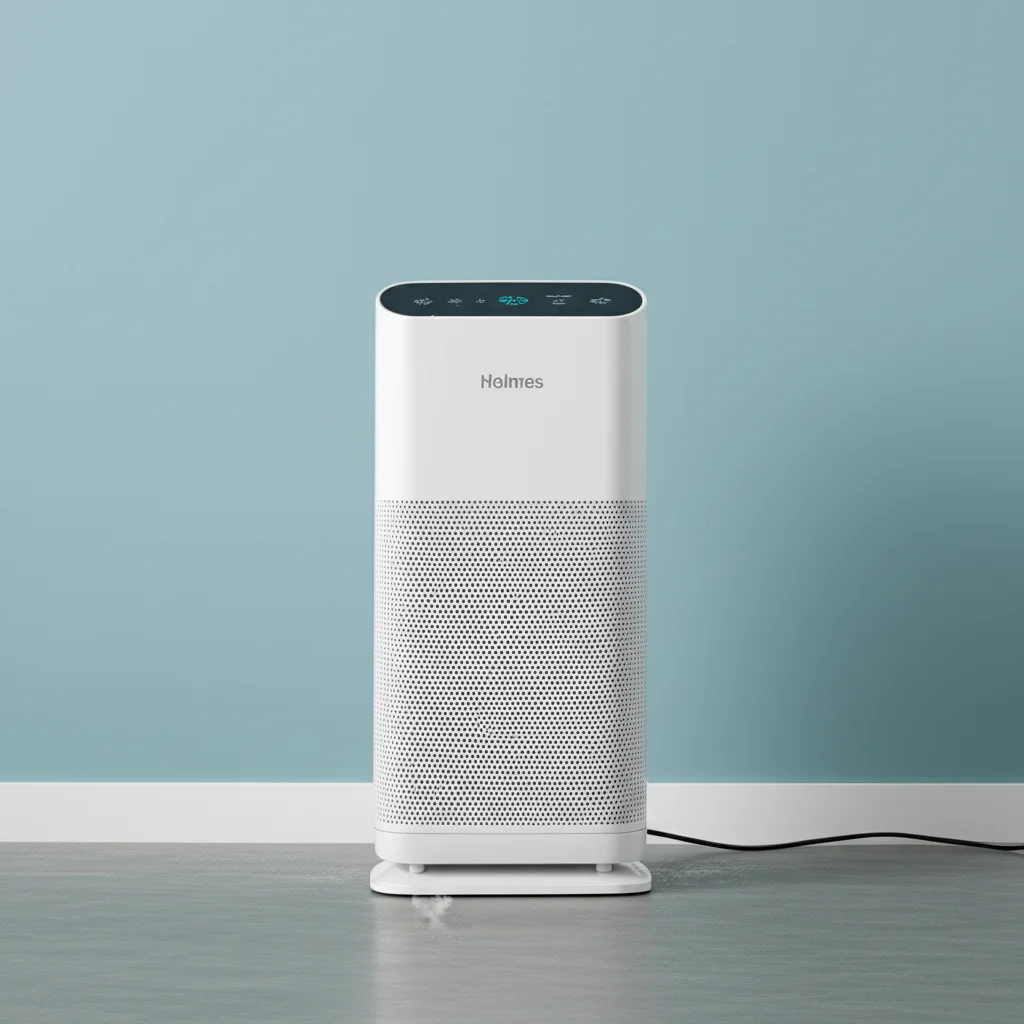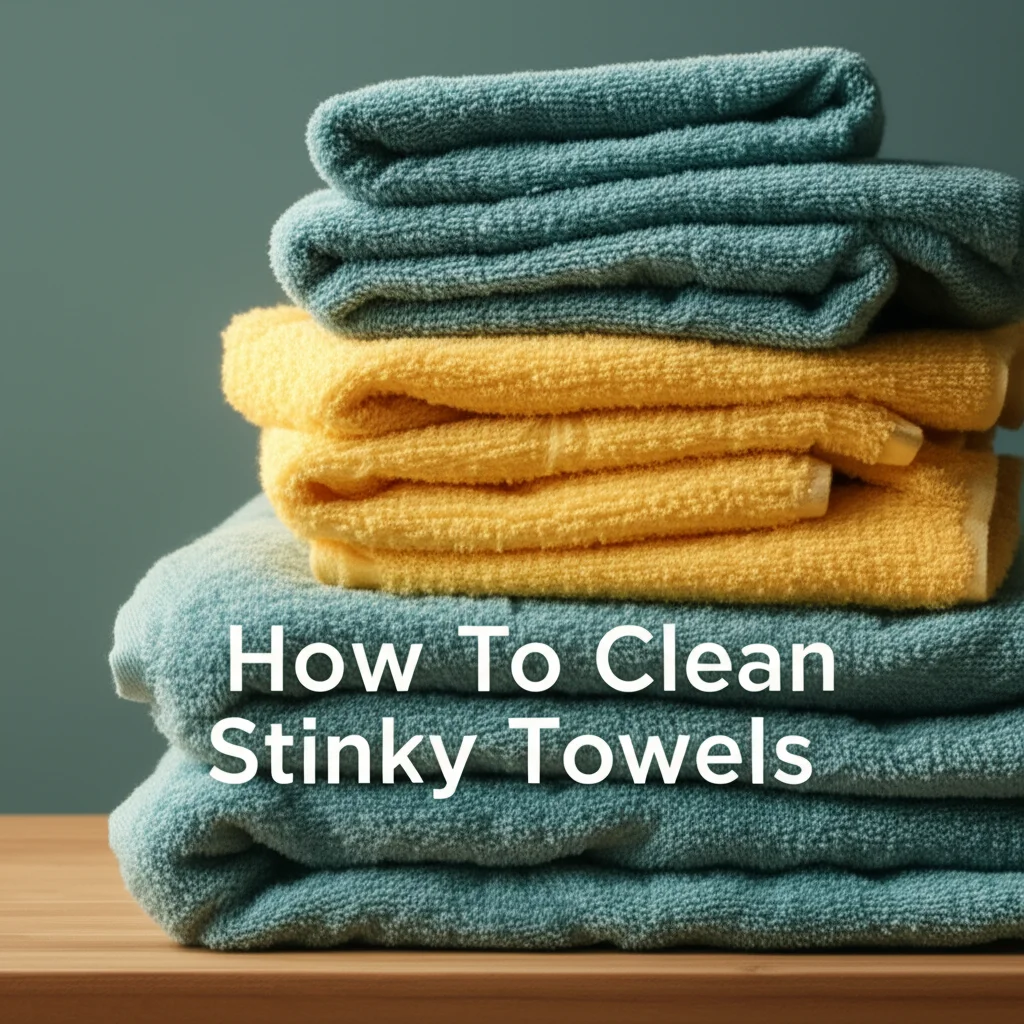· Katria Melrose · Air Purifier Maintenance · 12 min read
How To Clean Carbon Filter For Air Purifier

Refresh Your Air: How to Clean Your Air Purifier’s Carbon Filter
Ever wonder if your air purifier is truly pulling its weight? A clean filter is key. Learning how to clean carbon filter for air purifier models helps maintain indoor air quality. I know how important clean air feels in my home. A dirty carbon filter can make your air purifier less effective. It also lets odors linger. This guide shows you simple steps to refresh your carbon filter. We will discuss what a carbon filter does. We will cover why cleaning is important. You will learn the correct cleaning methods. We will also touch on when to replace the filter. Get ready for fresher, cleaner air in your living space.
Takeaway:
- Identify Filter Type: Determine if your air purifier uses a reusable or disposable carbon filter.
- Safety First: Always unplug the air purifier before handling filters.
- Gentle Cleaning: Use a soft brush or vacuum with a brush attachment for reusable carbon filters.
- Avoid Water: Do not wash activated carbon filters with water; it can ruin their effectiveness.
- Regular Maintenance: Clean carbon filters every 2-4 weeks, or as manufacturer recommends.
- Know When to Replace: Carbon filters have a limited lifespan and cannot be fully restored by cleaning.
To clean a carbon filter for an air purifier, use a soft brush or vacuum cleaner with a brush attachment. Gently remove dust and loose particles from the filter surface. Do not use water or chemical cleaners, as these can damage the activated carbon and reduce its odor-absorbing capabilities. This process helps maintain air flow and extend the filter’s life between replacements.
Understanding Your Air Purifier’s Carbon Filter
Air purifiers are vital tools for maintaining good indoor air quality. They use different types of filters to trap pollutants. The carbon filter is one of the most important layers. It specializes in removing odors and harmful gases. This filter uses activated carbon to do its job.
Activated carbon is a highly porous material. It has many tiny pores and a large surface area. These pores trap gas molecules through a process called adsorption. Adsorption means molecules stick to the surface of the carbon. This process differs from absorption, where a substance soaks into another. The carbon filter removes smells from cooking, pets, smoke, and volatile organic compounds (VOCs).
Many air purifiers use a multi-stage filtration system. The carbon filter often works alongside a HEPA filter. The HEPA filter captures airborne particles like dust, pollen, and pet dander. The carbon filter handles gases and odors. They work together to give you truly clean air. For more details on filter order, you can read about whether carbon filter goes before or after HEPA filter. Knowing what each filter does helps you understand why specific cleaning methods are necessary.
Why Cleaning Your Carbon Filter Matters
Regular maintenance of your air purifier’s filters is important. Cleaning the carbon filter extends its effective life. It ensures your air purifier works at its best. A dirty carbon filter loses its ability to adsorb odors and gases. This means your home might still smell stale or have lingering chemical odors.
Over time, dust and debris can accumulate on the carbon filter’s surface. This buildup blocks the carbon’s pores. When pores are blocked, the activated carbon cannot adsorb new molecules. This reduces the filter’s efficiency. It also decreases air flow through the purifier. Reduced air flow means the device works harder. This can shorten the lifespan of the air purifier itself.
Proper cleaning prevents these issues. It helps the carbon filter perform its primary function effectively. It also contributes to the overall efficiency of your air purifier system. Skipping this step can lead to poorer air quality. It can also lead to higher energy consumption. Cleaning your carbon filter is a simple step. It makes a big difference in the air you breathe.
Identifying Your Carbon Filter Type
Before you clean any filter, you must know what type it is. Air purifier carbon filters come in two main forms. They are either reusable or disposable. Each type requires a different approach to maintenance. Knowing your filter type prevents damage. It also ensures effective cleaning.
Reusable carbon filters often look like a mesh screen with activated carbon granules or pellets. They are designed for periodic cleaning. These filters can last longer than disposable ones. You find them in many mid-range to high-end air purifiers. These types of filters are often integrated into a larger filter unit.
Disposable carbon filters are more common. They usually appear as a thin black sheet or a pre-filter layer. This layer is often combined with a HEPA filter. These filters are not designed for cleaning. Attempting to clean them can damage their structure. It can also release trapped particles back into the air. Always check your air purifier’s manual to confirm your filter type. The manual provides specific instructions for your model. Knowing this helps you manage your air purifier filter maintenance effectively.
Step-by-Step Guide: Cleaning Reusable Carbon Filters
Cleaning a reusable carbon filter is straightforward. Follow these steps carefully to avoid damage. Always ensure safety before starting any maintenance. Unplug your air purifier from the power outlet. This prevents accidental starts.
First, locate the carbon filter. Most air purifiers have an easy-access panel for filter removal. Open this panel according to your model’s instructions. Gently slide out the filter unit. The carbon filter may be a separate component. It could also be integrated with other filters. Take care not to bend or tear the filter material.
Once removed, take the carbon filter to a well-ventilated area. A good spot is outdoors or near an open window. Use a soft-bristled brush or the brush attachment of your vacuum cleaner. Gently brush or vacuum the surface of the filter. This removes loose dust, hair, and larger debris. Work slowly and methodically. Make sure to cover all sides of the filter. Avoid applying too much pressure. Excessive force can dislodge the activated carbon pellets. These pellets are vital for odor removal. You are only aiming to clear the surface. This allows air to flow freely.
After brushing or vacuuming, inspect the filter. Ensure no large dust clumps remain. If your filter has a washable pre-filter layer, clean that separately. Always remember, the activated carbon part itself should not get wet. Water can ruin its adsorptive properties. Allow the filter to air dry completely if any moisture was present on the casing. Finally, reinsert the clean filter back into your air purifier. Close the panel securely. You are now ready to enjoy fresher air.
When to Replace Your Carbon Filter
Cleaning helps, but carbon filters do not last forever. Activated carbon has a finite capacity for adsorption. Once its pores are full, it can no longer trap new odors or gases. Knowing when to replace your carbon filter is as important as cleaning it.
The lifespan of a carbon filter depends on several factors. These include how often you use your air purifier. The level of air pollution in your home also matters. Homes with pets, smokers, or frequent cooking may need more frequent replacements. Most manufacturers provide a recommended replacement schedule. This is usually every 6 to 12 months. Always check your specific air purifier’s manual for guidance.
You can also tell if a carbon filter is bad by observing changes in air quality. If you notice odors returning, even after cleaning, it is a clear sign. A noticeable decrease in odor removal capability indicates the filter is saturated. Some air purifiers have indicator lights. These lights signal when it is time to change the filter. Do not ignore these warnings. While you cannot wash carbon filters to restore them, you can extend their life slightly with proper care. For more information on identifying a failing filter, read how to know if carbon filter is bad. Replacing a saturated carbon filter ensures your air purifier continues to provide clean, fresh air.
Common Mistakes to Avoid When Cleaning Carbon Filters
Mistakes made during cleaning can harm your carbon filter. They can also reduce your air purifier’s effectiveness. Avoid these common errors to keep your system running well. Knowing what not to do is just as important as knowing what to do.
A major mistake is washing the carbon filter with water. Activated carbon is designed to adsorb gases. Water can clog its tiny pores. It can also deactivate the carbon. Once wet, activated carbon filters lose their ability to remove odors. This mistake makes the filter useless. Remember, if your air purifier has a HEPA filter, do not wash it either. Most HEPA filters are also not washable. You can find more information on this topic by looking at can I wash the HEPA filter on my air purifier.
Another error is using harsh chemicals or strong detergents. These substances can damage the filter material. They can also leave residues that release harmful fumes into your air. Stick to dry methods like brushing or vacuuming for carbon filters. Do not attempt to clean disposable carbon filters. These are designed for replacement only. Trying to clean them can tear the material. It can also release trapped pollutants. Always check your filter type first. Following manufacturer guidelines helps prevent these mistakes. Proper care ensures your air purifier continues to protect your indoor air quality.
Maximizing Your Air Purifier’s Performance
Beyond cleaning the carbon filter, other practices help your air purifier perform its best. Regular overall maintenance is key. This includes cleaning other filter types and the unit itself. A comprehensive approach ensures top performance.
First, routinely clean your pre-filter. This is usually the first layer of filtration. It traps large particles like dust and pet hair. Cleaning it frequently protects the carbon and HEPA filters from premature clogging. Many pre-filters are washable. Rinse them with water and let them air dry completely before reinserting.
Also, wipe down the exterior of your air purifier. Dust can accumulate on the air intake vents. This can restrict airflow. Use a soft, damp cloth for this task. Ensure the unit is unplugged beforehand. Avoid spraying water or cleaners directly onto the unit. Following these simple steps helps maintain optimal airflow. It also helps extend the life of all your filters and the air purifier. Consistent care results in consistently clean air.
Environmental Considerations for Filter Disposal
When you replace your carbon filter, consider its environmental impact. Filters are not typically recyclable through standard household recycling programs. This is because they contain trapped pollutants. Many are made of mixed materials. Proper disposal is important to avoid releasing harmful substances back into the environment.
Check with your local waste management services for specific guidelines. Some regions have special disposal programs for household hazardous waste. These programs might accept used air filters. Other options include contacting the filter manufacturer. They may offer recycling or take-back programs. These programs are not common but worth checking.
If special disposal is not available, place the used filter in a sealed plastic bag. Then dispose of it with your regular household trash. Sealing the bag prevents trapped particles from escaping. While it is not ideal, this method minimizes environmental exposure. Choosing an air purifier with longer-lasting filters or reusable pre-filters can also reduce waste over time. Being mindful of disposal helps protect our planet.
FAQs About Cleaning Carbon Filters
Can I wash my carbon filter with water?
No, you should not wash carbon filters with water. Water damages the activated carbon. It clogs the tiny pores that adsorb odors and gases. Wetting the filter makes it ineffective at removing pollutants. Always use dry cleaning methods.
How often should I clean my reusable carbon filter?
Clean reusable carbon filters every 2 to 4 weeks. This frequency can vary. It depends on your home’s air quality and how often you use the air purifier. Check your air purifier’s manual for specific recommendations. Regular cleaning helps maintain filter efficiency.
How do I know if my carbon filter needs replacing?
Your carbon filter needs replacing if odors return to your home. This happens even after cleaning. A noticeable decrease in the air purifier’s ability to remove smells is a key sign. Some units also have indicator lights for filter replacement.
Can cleaning a carbon filter restore it to new condition?
No, cleaning a carbon filter cannot restore it to new condition. Cleaning removes surface dust and debris. This improves airflow. However, the activated carbon itself gets saturated over time. Once saturated, its ability to adsorb new pollutants is gone. It needs replacement.
What happens if I don’t clean my carbon filter?
If you do not clean your carbon filter, dust accumulates on its surface. This buildup blocks airflow. It reduces the filter’s ability to remove odors and gases. Your air purifier works less efficiently. It can also lead to decreased air quality and increased energy use.
Are all carbon filters cleanable?
No, not all carbon filters are cleanable. Many are disposable. Disposable carbon filters are often thin sheets. They are designed for replacement, not cleaning. Always check your air purifier’s user manual. This will confirm the specific type of carbon filter you have.
Conclusion
Keeping your indoor air fresh starts with proper air purifier maintenance. Understanding how to clean carbon filter for air purifier models is a simple, effective step. We have covered the importance of carbon filters. You now know how to identify filter types. You have learned the correct cleaning methods for reusable filters. Remember, always use dry methods. Never wash activated carbon filters with water. This preserves their odor-removing power. We also discussed when to replace filters. Regular cleaning extends filter life. Replacement ensures continued optimal air quality.
By following these guidelines, you ensure your air purifier runs at peak performance. It continues to provide a healthy, odor-free environment for your home. Make filter maintenance a regular part of your home care routine. Take control of your home’s air. Breathe easier knowing your air purifier is working its best.





